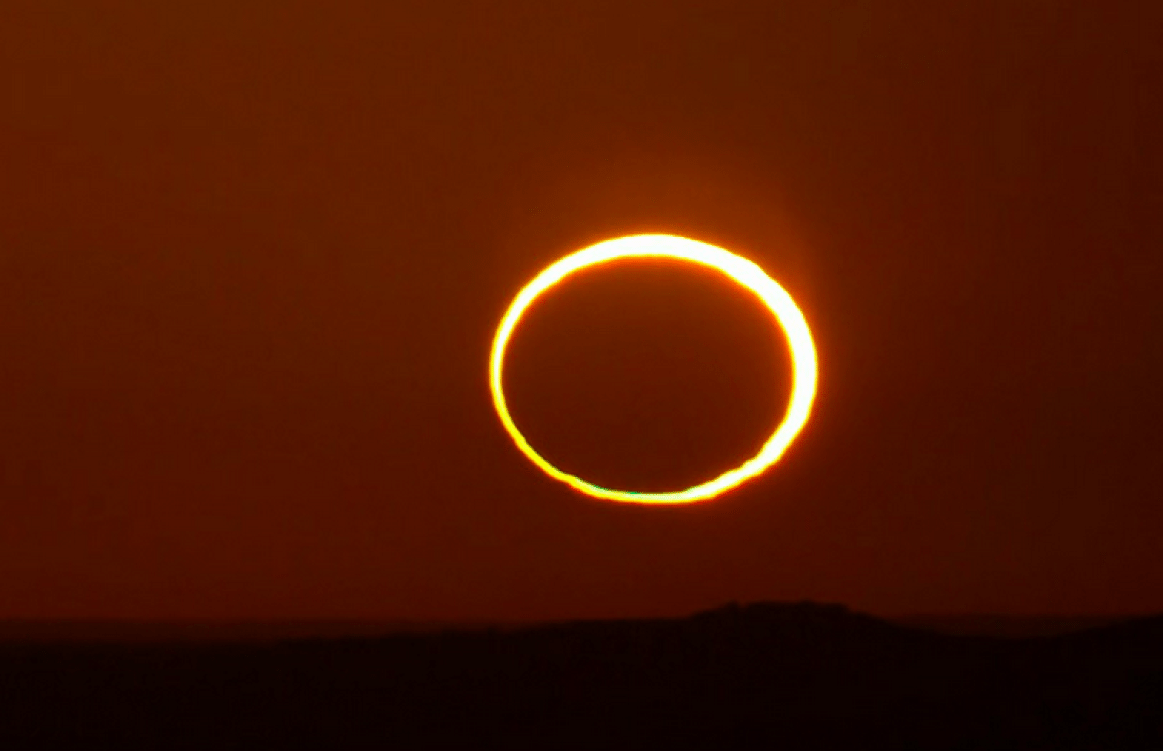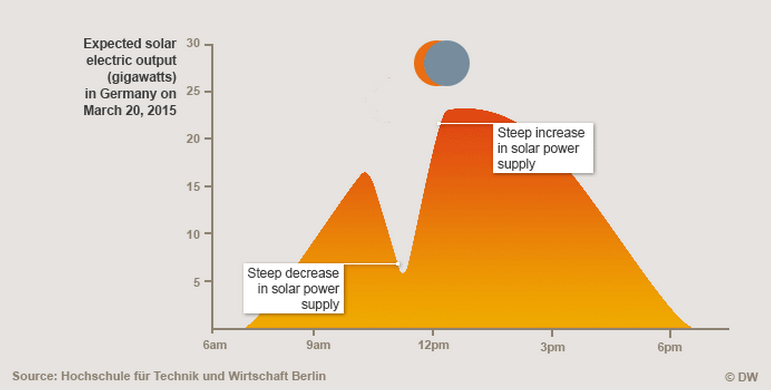
Shadows of doubt were cast over much of Europe last week as a large portion of the continent experienced a partial solar eclipse. Despite the Moon breaking our line of site with the Sun, total obscurity lasted only a couple brief minutes. Although this type of event occurs roughly every 18 months, any given area will only experience a few irradiance interruptions per century.
While past eclipses rarely excited those outside of astronomical circles, this event was of particular interest and concern to utilities and grid operators as it was the first major lunar interruption since the explosion of PV in Europe. Today the continent is home to over 80 GW of installed solar capacity. To some, the event was considered a litmus test for the resiliency of the grid in the presence of high PV penetration. Germany and Italy stood to be the hardest hit, ranking first and second in terms of solar penetration, respectively.
Interestingly, the two countries took very different approaches in dealing with large solar production swings. In a vote of confidence towards its goal of 80% renewable generated electricity, Germany prepped fossil generators but did not proactively throttle solar production. German utilities did however increase staff for the 20th as well as shut down several aluminum smelting plants to ensure seamless power supply for consumers. By comparison, Italy shut off all solar generators rated at more than 100 kW for the duration of the eclipse.

Chief among the concerns of grid operators across Europe was the potential for rapid fluctuations in energy production as the eclipse swept across the region. An imbalance of supply and demand can have numerous costly implications including power surges, frequency instability and blackouts. Ultimately however, in a testament to the resiliency of the grid, the eclipse caused virtually no interruption to normal operation even as solar production in Germany crashed from 20 GW to only 6 GW and then returned within the span of a couple hours.
Although this eclipse proved manageable, utilities and grid operators cannot rest on their laurels in the future. Solar and other renewables continue to gain generation share in many European nations as installations increase and traditional generation facilities are shuttered. Eclipse or not, the grid of the future will have no choice but to rely on intelligent monitoring and advanced energy storage technologies to keep the lights on in the presence of high renewable penetration.